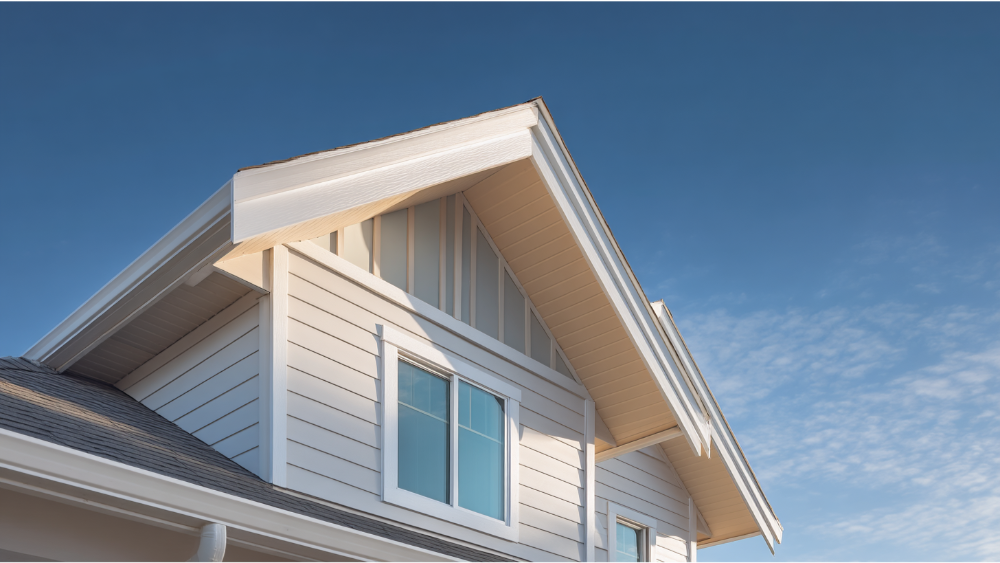Rake of a Roof – A Simple Explanation for Homeowners
When it comes to understanding the structural components of your roofing system, the term “rake” might not be the first thing that comes to mind, but it’s important for both function and appearance.
The roof rake edge is the sloped edge of a roof that runs from the top edge (or ridge) down to the roof eaves (the horizontal edge). You’ll typically find it on the sloped edges of a gable roof, those triangular-shaped ends that define so many residential rooftops.
In simple terms: if your home has a gable roof, the rake edge is the sloping side that frames the peak and gives your house that classic “A-frame” look.
It’s more than just a decorative element, it serves a primary function by sealing and protecting the most exposed area of your roof system. Leaving this exposed portion unprotected can lead to moisture issues, pest entry, and even structural integrity concerns down the road.
Why the Roof Rake Edge Matters More Than You Think
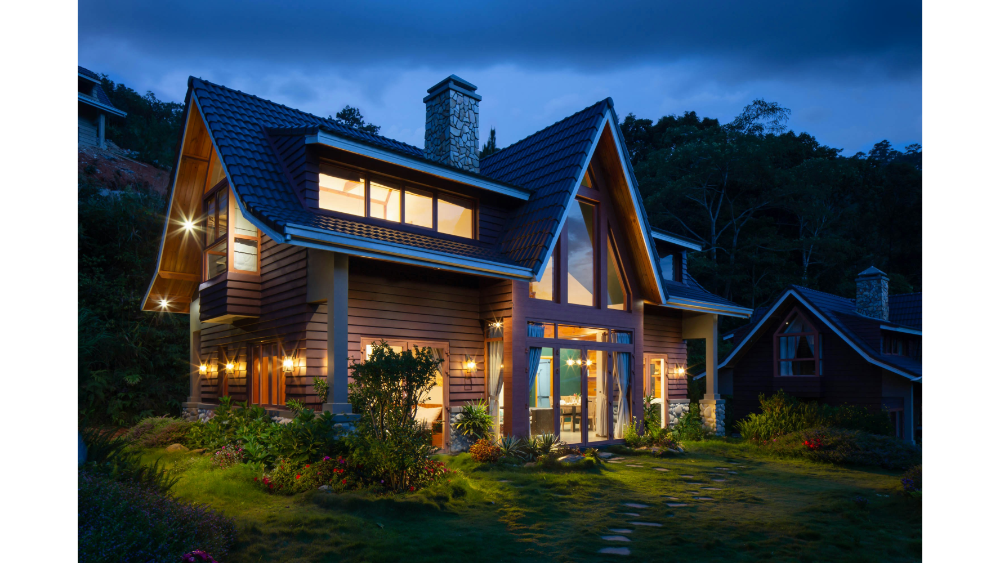
Though it may seem like a minor detail, the roof rake edge plays a critical role in your home’s defense against severe weather events and moisture accumulation. This roof section is highly exposed to wind, rain, and UV rays, making it vulnerable if not properly finished and sealed.
Structurally, it helps reinforce the upper edge of your roofing system. It supports the outermost starter shingles, prevents shingle blow-off in severe storms, and protects the underlying decking. Without proper flashing or protection, water can seep into the exterior walls or under your moisture barrier, leading to roof leaks, rot, and insulation damage.
Functionally, the rake helps remove snow and shed water away from the home. Especially in colder or high humidity regions, failing to secure this inclined edge increases the chance of ice dams or moisture accumulation, issues that can cause significant and costly repairs if not addressed.
From a design standpoint, a cleanly finished rake adds character and value. Whether trimmed with simple frieze boardsor custom decorative elements, this part of your roof enhances curb appeal and helps complete the roof’s design in a visually balanced way.
Roof Components: What Makes Up a Roof Rake
Understanding what goes into a properly finished roof rake edge can help you maintain and protect it more effectively. It’s made up of several essential structural components, each contributing to both protection and aesthetics.
Rake Board
The rake board is the visible trim board that runs along the sloping sides of your roof. Positioned under the edge of the roofing material, it connects visually to your roof eave and provides a base for the drip edge, fascia, and possibly even the gutters. It also acts as a mounting surface for decorative elements or house siding, depending on the style of your home.
You’ll often see different materials used here, ranging from traditional wood (pine, cedar) to modern PVC or fiber cement. Choosing durable materials here helps ensure long lasting protection and lowers maintenance requirements.
Fascia Boards on the Rake
Fascia boards serve as the finishing trim on both the roof eaves and the roof rake edge. On the rake, they help protect the edge of the roof decking while offering a clean transition between the roof and the siding below. Fascia provides additional protection against water infiltration and secures the drip edge in place.
Properly maintained fascia boards also prevent paint peeling, insect infestation, and rot. If your fascia is damaged or aging, it’s often the first warning sign that water has entered the exposed portion of the roof.
Drip Edge Flashing and Starter Shingles
The drip edge is a thin strip of metal flashing installed along the roof rake edge and roof eave. Its job is simple but essential, it directs water off the roof and away from the exterior walls and foundation.
Combined with starter shingles, which add thickness and adhesion to the roof edge, the drip edge ensures that water doesn’t creep under the roofing material.
Modern roofing projects in California require the installation of drip edges as part of code-compliant practices. This step helps prevent roof leaks, ice damming, and premature shingle damage.
Learn more about proper roof detailing on our Roof Replacement Services page.
Other Roof Components That Work With the Rake
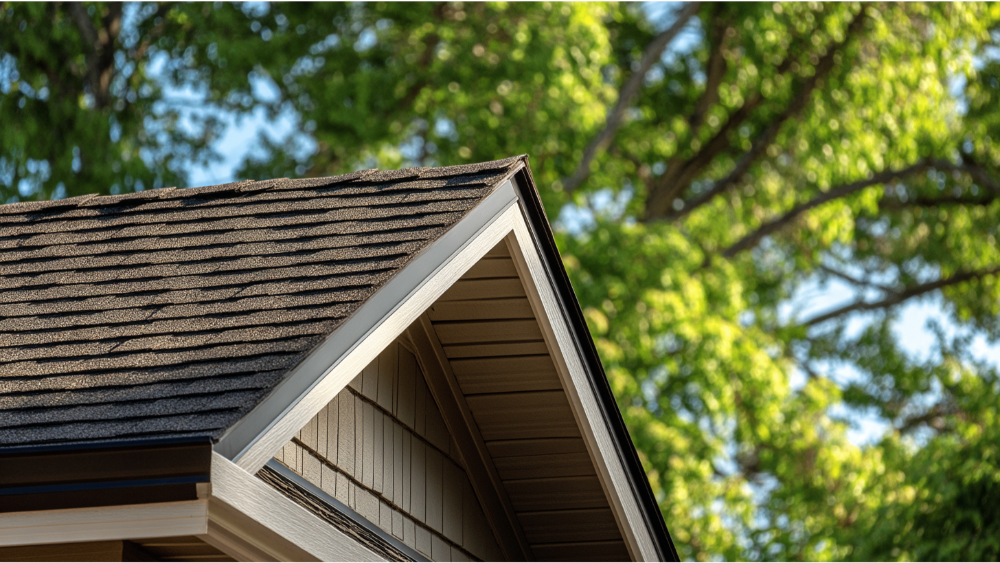
The roof rake edge doesn’t stand alone. It works alongside a complete system of protective roof components, each designed to defend your home against the elements:
- Soffits: These are often paired with enclosed rake designs, especially on gable roofs, to keep pests out and allow airflow into the attic space.
- Underlayment and Moisture Barriers: These protect the decking beneath the shingles, especially at vulnerable spots like rake edges and eaves.
- Ventilation Systems: Ridge vents, baffles, and soffit vents help reduce attic heat and moisture, which in turn keeps the rake area rot free.
Together, these features offer enhanced durability, energy efficiency, and longer roof lifespan.
Types of Roof Rakes and Their Aesthetic Appeal
Exposed Rake
An exposed rake leaves roof decking or rafters visible along the inclined edge. This style is often seen in craftsman or rustic homes and can showcase intricate decorative elements.
However, the exposed area is more vulnerable to storm damage, UV rays, and moisture, and typically comes with higher maintenance requirements.
Enclosed (Boxed-In) Rake
Enclosed rakes are finished with fascia boards, soffits, or even siding that covers the edge completely. This style is common on contemporary or traditional homes and offers greater long lasting protection from water, pests, and weather damage. It also creates a smoother visual line between the roof rake edge and the exterior walls.
Overhanging vs. Flush Rake
An overhanging rake extends past the exterior wall, offering extra protection from rain runoff and shading the windows or house siding below. This style is ideal in climates prone to severe weather events.
A flush rake, on the other hand, lines up with the siding and has a modern, minimal profile. It may require more frequent inspection to ensure the moisture barrier and flashing stay intact.
Considering a trim update to match your siding? Explore our Siding Installation Services page for expert help.
Common Problems with Rake Edges
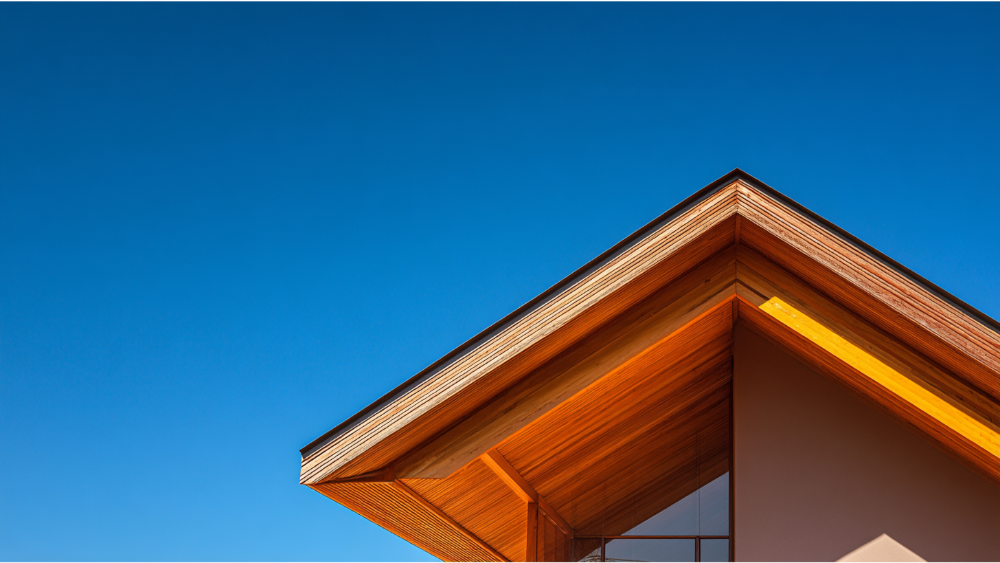
If not properly maintained, the roof rake edge can be a weak point in your home’s defense system. Here are common issues we see:
- Water Damage: Without sealed flashing, rain can soak into fascia, decking, or the moisture barrier, leading to interior roof leaks and rot.
- Pest Intrusion: Small gaps allow insects and rodents into your attic space or wall cavities.
- Wind Uplift: In severe storms, unsecured rake edges can result in shingle blow-off or even partial roof detachment.
- Ice Dams & Humidity: In cold or high humidity regions, poor insulation near the rake edge can trap moisture, causing mold, mildew, and damage.
Signs You Need to Address Rake Damage Promptly
- Peeling paint on fascia or rake boards
- Rusted or missing drip edge flashing
- Water stains on your ceiling near corners
- Sagging edges or detaching trim
If you see these signs, don’t wait, take action to prevent further damage. Schedule a Roof Inspection today.
Maintaining or Repairing Rake Edges
Regular Maintenance and Inspections
Even a quick ground-level inspection can catch early signs of damage. Still, it’s a good idea to have a professional roofing contractor inspect your rake and roof components annually, or after major severe storms.
A simple way to preserve the edge? Keep the rake clean of leaves, nests, and debris that trap moisture.
Repairing Rake Boards or Fascia
This typically involves removing surrounding roofing material, replacing the damaged board, and re-installing flashing and starter shingles. Choosing different materials like fiber cement or composite trim can reduce maintenance requirements and provide better enhanced durability.
Ensuring Proper Ventilation
Ventilation is essential. Inadequate airflow near the roof rake edge and roof eaves can cause moisture accumulation, reducing insulation performance and increasing your risk for roof leaks or mold.
Installing a New Roof? Don’t Forget the Rake
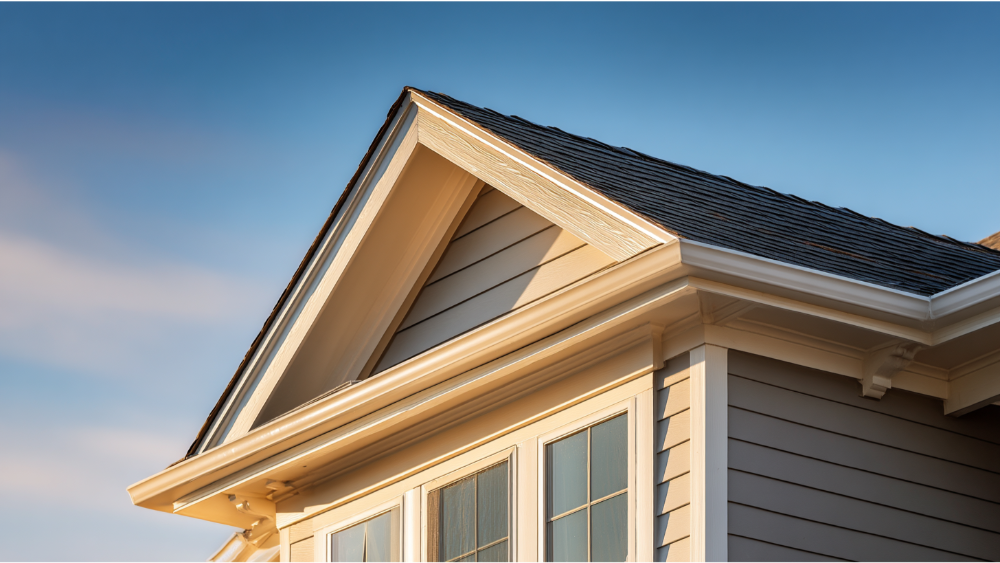
Many homeowners focus on shingles, color, or ventilation, but forget to include rake details in their roofing projectplan. Whether you’re replacing your current roof or building a new one, your roof rake edge should be included in the design.
A well-built rake:
- Improves resistance to severe weather events
- Protects the exterior walls and house siding
- Adds beauty and aesthetic appeal
- Meets California building codes for moisture barrier installation
Partner with Cobex to ensure every part of your roof is done right. Visit our Roof Replacement page to learn more.
Why Hire a Professional Roofing Contractor?
Hiring a trusted, professional roofing contractor is key to getting a roof that performs in both style and function.
At Cobex, we know the importance of every detail, from ridge vent to roof rake edge. Our team serves homeowners across Northern California with roofing solutions that deliver value and reliability.
We install code-compliant flashing, use premium roof components, and work with various materials to suit your needs and style. Most importantly, we help protect your home for the long haul.
Ready to get started? Contact Cobex today for your free consultation.
Frequently Asked What Is The Rake Of A Roof Questions
Is a roof rake the same as a roof eave?
No. The roof rake edge is the sloped side of a gable roof, while the roof eave is horizontal and runs along the bottom edge of the roof. Both serve different functions and require different flashing and trim.
Can I paint or replace my existing rake trim?
Yes. Repainting or replacing trim is a great way to upgrade curb appeal and ensure rot free performance. You can choose from different materials like PVC, wood, or fiber cement.
Do all roofs have a rake edge?
Only gable roofs, A-frame roofs, and similar pitched designs have a rake. Flat or hipped roofs do not include this inclined edge.
How much does it cost to replace a damaged roof rake?
Costs vary based on labor, materials, and height. Most roofing projects will budget between $300 to $1,200 for this kind of repair.
Can a metal roof have a rake edge?
Yes. A metal roof has a rake edge just like any other roof. It’s usually finished with metal rake flashing to prevent water damage, increase durability, and give the exposed area a clean look.
The Edge In
The roof rake edge may not be the flashiest part of your roof, but it’s one of the most important. It protects against water, wind, and pests, and it enhances the aesthetic appeal of your home.
When properly installed with quality materials, frieze boards, and secure flashing, the rake contributes to the overall strength and integrity of your roof’s structure.
With attention to detail in both function and finish, you get long-term peace of mind and a home that looks as good as it performs.
Let’s get the edge in. Schedule your free roof inspection with Cobex today.
